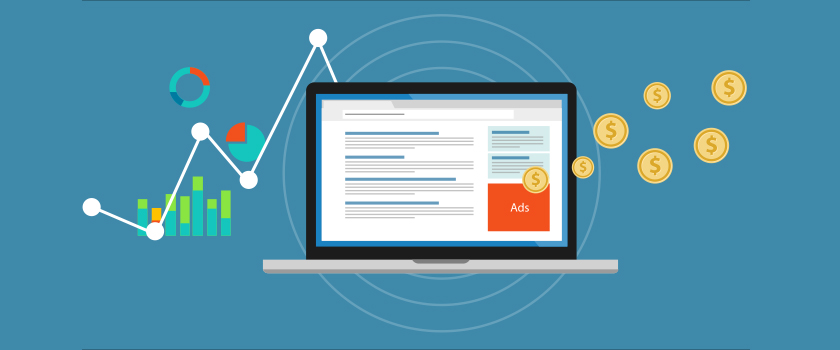
Q: I’ve been told that Google looks at my website’s speed as a factor for search engine rankings. What can I do to make sure that my site is fast enough for Google?
A: Site speed is the time it takes your website to load and display in a user’s web browser, and it is definitely an important metric for websites in 2017. The reason Google has been increasing its importance as a ranking factor is because your prospects and customers value it as well. Internet users typically have a very short attention span, and more options that may help them complete their search are just a click of the back button away. So, ensuring your website loads quickly for users is an easy way to better satisfy the needs of your users and send Google some positive signals about your website’s performance.
When we analyze site speed, we typically see several factors influence the time it takes a site to load. I’ll use some automotive analogies to better explain some of the key concepts. Picture your website as a sports car. We want that car to be fast, but its speed is governed by a variety of factors.
Platform and infrastructure – We’ll often see slow performance from old or outdated website platforms that are hosted on older, slower servers. Like the engine of your car, your site needs to be built around a strong engine that can provide plenty of power to keep things moving quickly. Use a reputable website platform that’s hosted on a robust server that can meet your site’s peak demands without slowing things down.
Content on the site – Too much content that is not properly formatted is like stacking your sports car’s trunk full of bricks. Think about cutting any content that doesn’t add value for your users or help them satisfy their intent on your site (or, at the very least, break that content up across multiple pages). And do your best to make sure your content is optimized for speed by using the right file types and compression schemes. The right file type and compression alogrithm can take a large image and turn it into a feather weight download that renders quickly without any loss in quality… it’s like the difference between a cinderblock and a piece of Styrofoam!
Scripts and code – Your site’s HTML code is like your drivetrain: you want it to efficiently transmit your site’s content to your users the same way your car’s transmission takes power from the engine and connects it to your wheels. Most of us don’t notice that it’s there doing its job behind the scenes every time we put our car in drive and step on the gas pedal… but you definitely know when it’s not working properly! Try to minimize the amount of third-party code your site uses – elements like Facebook pop-ups or embedded content from other sites (videos sometimes fall in this category) can have a big impact on the time it takes your site to load. Make sure that you work with a reputable web developer that writes clean, fast code for your site. You should always try to use the minimum number of elements needed to help your users satisfy their intent. That third-party social media pop up might look cool, but it’s probably not the main reason someone came to your website… so if it’s not absolutely essential, get rid of it and see your speed increase.
Hopefully these simple tips can give you and your web developer a good starting point to making sure that your site is getting your most important information in front of your prospects and customers quickly and efficiently. If you keep these three key performance areas in good shape, your site will usually provide solid performance for your users while sending all the right signals to Google.


